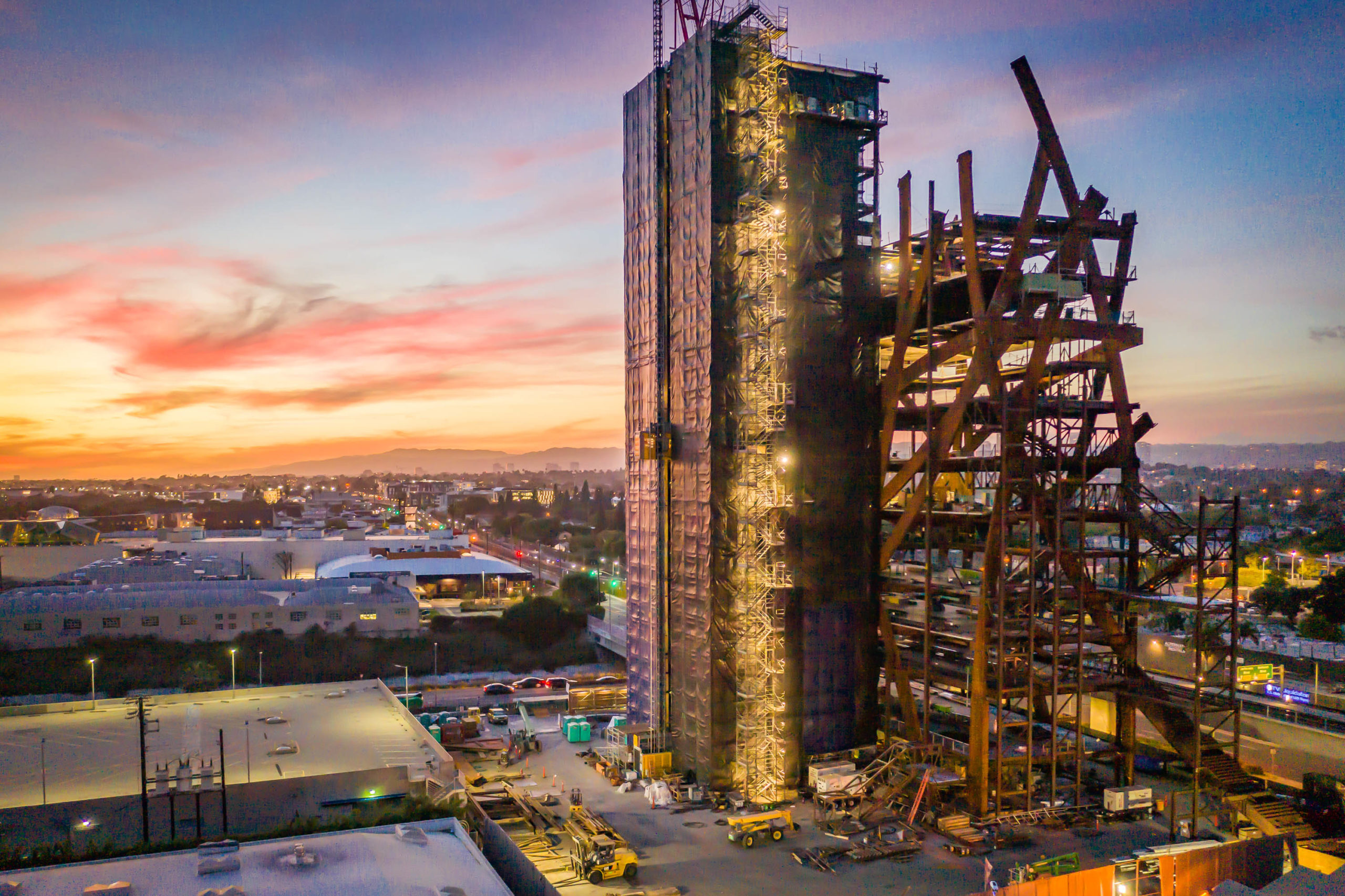In the competitive industries of construction and architecture, effective marketing is crucial for success. As technology continues to advance, aerial photography has emerged as a vital tool that enables construction and architectural firms to showcase their expertise, attract clients, and differentiate themselves from the competition. Aerial photographs not only demonstrate past project experience but also serve as valuable additions to client services packages. These professionally captured images are versatile, making them ideal for office displays and impressive gifts during groundbreaking, top-out, and project completion events. Moreover, developers can leverage drone-captured images and videos in sales and financing pitches to underscore their firm’s capabilities and commitment to detail.
Demonstrating Experience and Expertise:
Aerial photographs of past projects provide construction and architectural firms with a compelling visual portfolio to demonstrate their experience and expertise. These images capture projects from a unique perspective, showcasing their scale, complexity, and architectural design. By showcasing completed projects, firms can establish credibility and instill confidence in potential clients. Aerial photographs vividly illustrate a firm’s ability to deliver successful outcomes, helping them stand out in a highly competitive marketplace.
Enhancing Client Services:
Offering aerial photography as part of the client services package sets construction and architectural firms apart from their competitors. By providing professionally captured images, firms demonstrate a commitment to delivering comprehensive and visually compelling solutions. Clients can utilize these aerial photographs for various purposes, including marketing materials, project presentations, and internal review processes. Additionally, these images can be used for promotional displays within the firm’s office or facility, creating an impressive visual environment that showcases their capabilities.
Leveraging Images for Sales and Financing:
For developers, aerial photographs and videos captured by drones offer a compelling visual asset in sales and financing pitches. These dynamic visuals demonstrate a firm’s capacity to showcase projects in a comprehensive and detailed manner. Developers can present these images to potential investors, highlighting the quality of their work and their commitment to precision and attention to detail. By leveraging aerial imagery, developers can effectively communicate their vision, instill confidence in investors, and secure financing for their projects.
Conclusion:
Aerial photographs have become an indispensable marketing tool for construction and architectural firms. They enable firms to showcase their experience and expertise through visually compelling representations of past projects. Offering aerial photography as part of client services packages further enhances their value proposition. These images not only serve as stunning office displays but also make impressive gifts during milestone events. For developers, drone-captured images and videos are powerful assets for sales and financing pitches, demonstrating a firm’s capacity and attention to detail. As the use of aerial photography continues to evolve, construction and architectural firms can leverage this technology to differentiate themselves and captivate clients in an increasingly competitive market.

